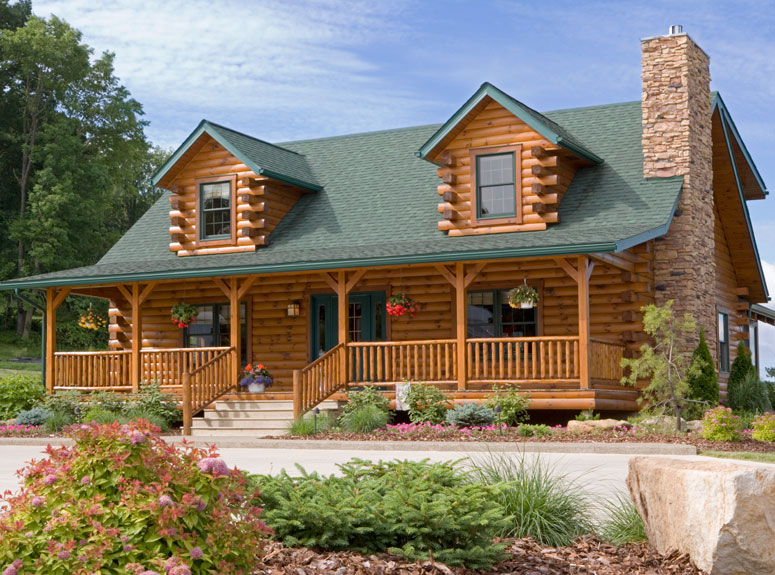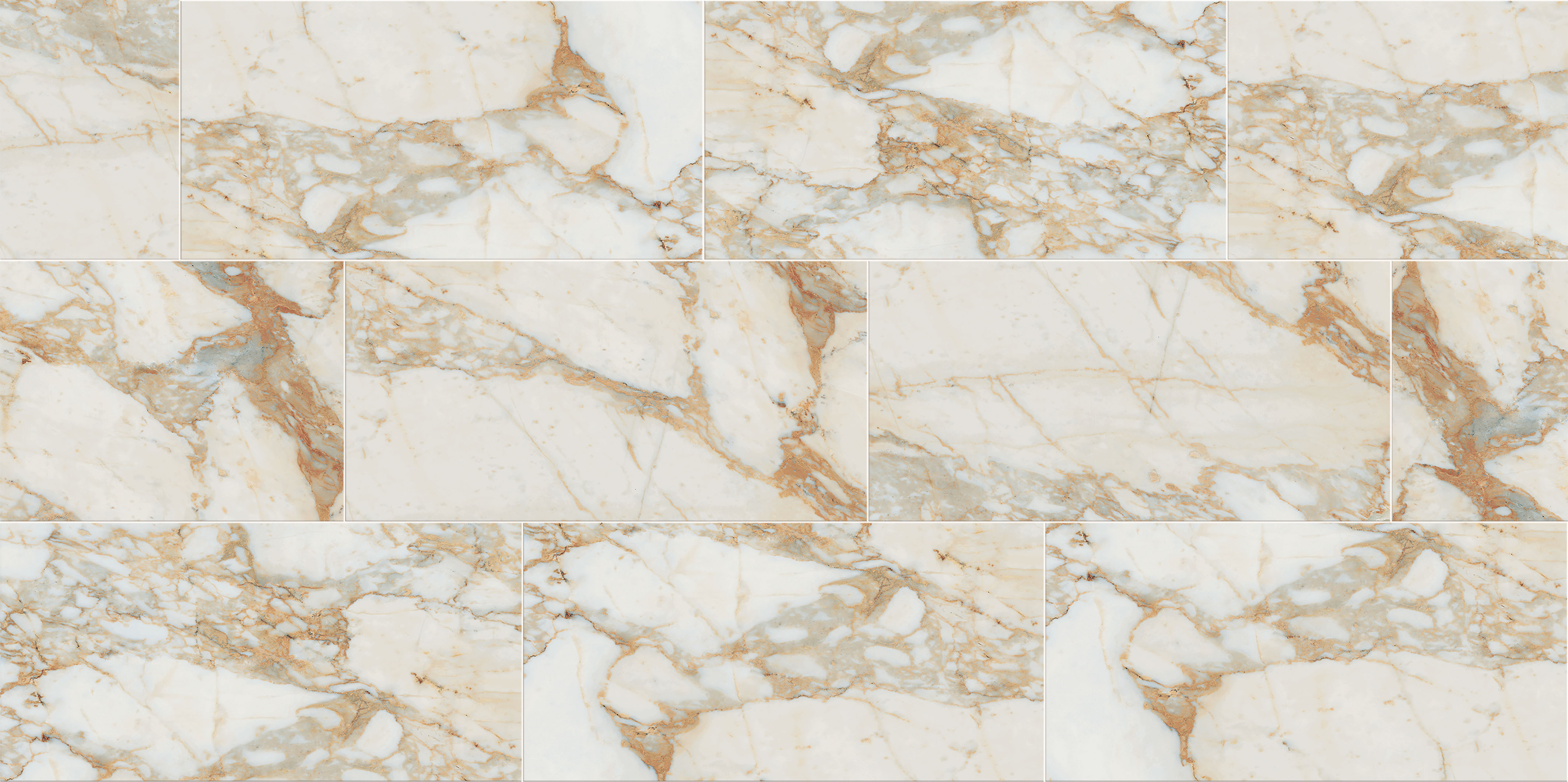
Are you planning to build your own personalized log home?
It goes without saying that log homes are effortlessly beautiful and it is a dream to be living in one. But there are some things you might want to know before you start your project to prevent sudden surprises.
With their lively aesthetics and rustic appearance, your log home can make you feel closer to the woods and give you the sense of joy and satisfaction from the lifestyle. Get the deep insights to begin your masterplan.
- Actual cost
People who desire to build sprawling log cabin homes certainly do not care about the price. Custom designs can be built by consulting with the designers and finalizing the project. However, for the people wanting to construct a simple sober comfortable place to live in, it is crucial to compare the cost from the traditional dwellings.
A log cabin kit typically costs $35 per square foot to construct. Moreover, adding in prices of your property, site preparation, establishments, and utility lines, as well as labor costs and permit fees will give you the sum total of the amount you will be spending on the construction from the scratch.
- Energy efficiency
With the help of an R-value, we can measure the ability of any material to resist the heat flow. The greater the insulating power and, consequently, the better the material, the higher the R-value. The R-value ranges from 1.41 per inch for softwoods to 0.71 for hardwoods. This has an R-Value of about 14 when compared to a typical wood stud wall with insulation, sheathing, and wallboard.
Log acts as the thermal batteries by absorbing heat energy throughout the day to radiate the coolness and an even temperature at the night time. Statistics show that the log homes consume significantly less of the energy compared to the traditional houses.
- Shrinking of walls
Log homes settle after a little shrinking to adjust. This happens because as soon as the living tree is felled, it starts releasing the water content from it. Even the air dried logs contain around 15-20% of water in them which if fixed together as it is done in building a log home, tend to shrink leading the logs to break or crack.
To enable this movement, it is crucial to employ the right finishes, caulking, and sealants. Your log home will not remain energy efficient and develop air leakage if it isn’t correctly sealed and your logs begin to rot.
- Maintenance is required
Everything whether it is a house or a vehicle or any device you use, requires maintenance. Compared to the traditional houses, log homes require it a little more. A proactive approach must be taken by you to detect problems and issues before they become something difficult to tackle. Regular maintenance is considerably more efficient and cost-efficient than sporadic repairs and restorations.
Your wood home will suffer less harm from UV rays, water, insects, and air infiltration with routine upkeep.
Conclusion
Selecting an appropriate place to build your log cabin is another factor you need to consider. You can be realistic while looking out for various factors and build your log house in the most energy effective and economical way.







